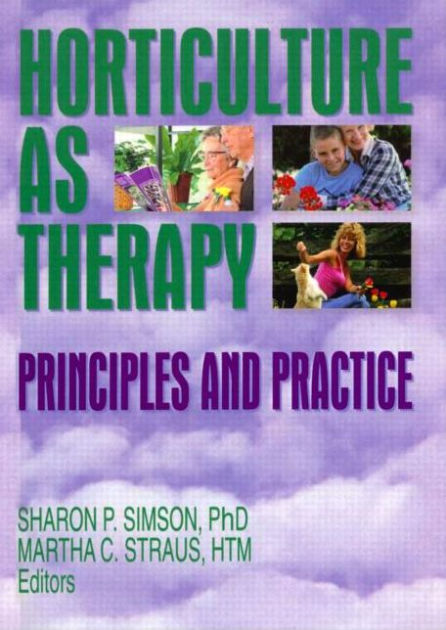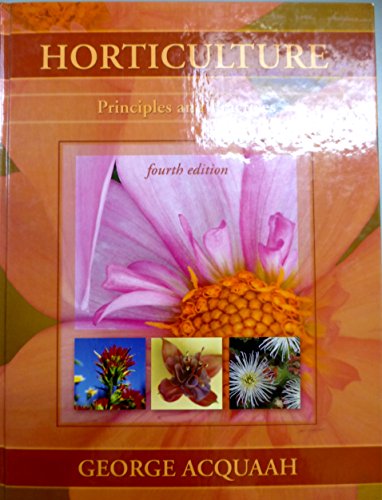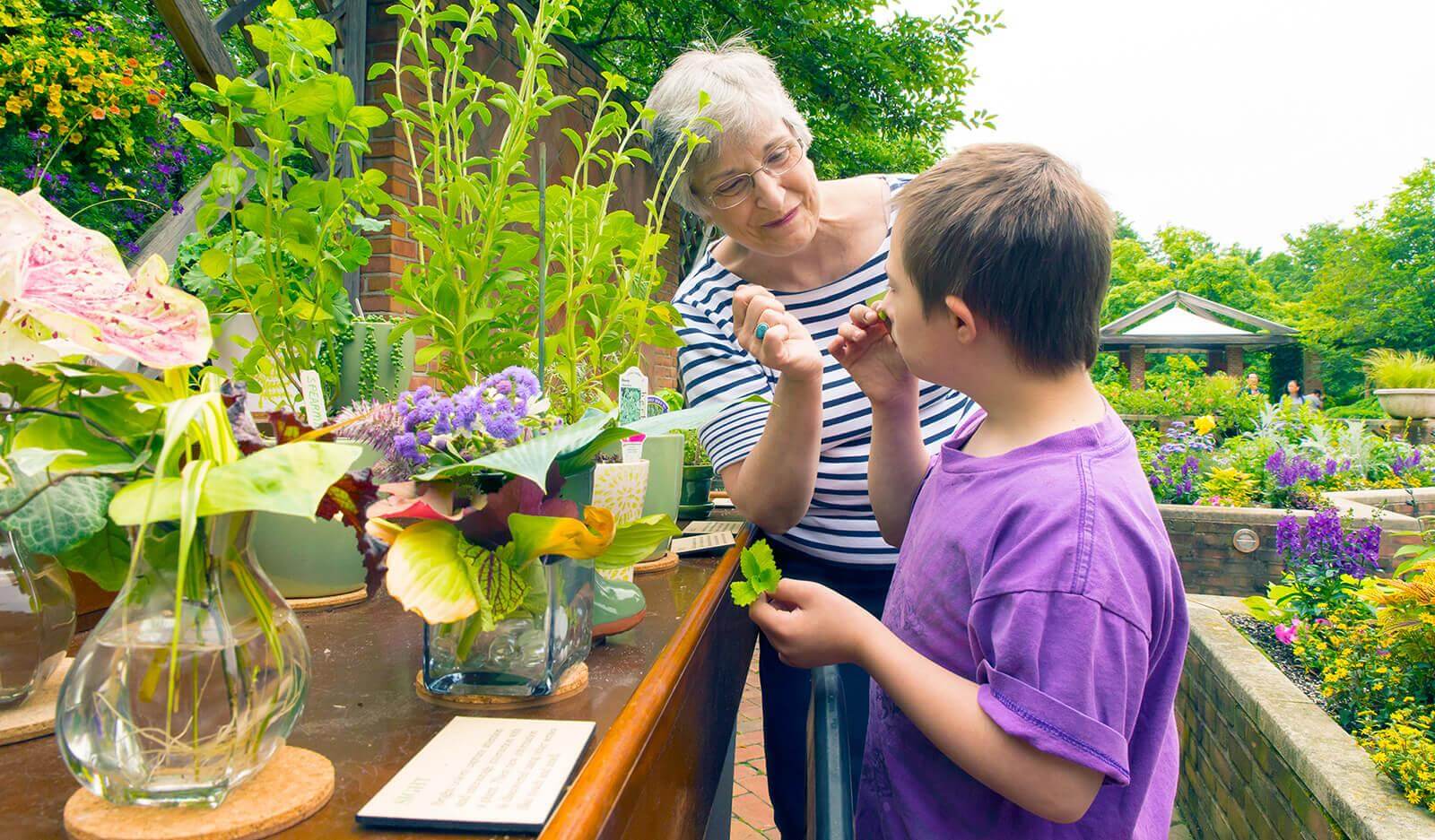**H1: Horticulture as Therapy: Principles and Practice**
Introduction:
Horticulture therapy, also known as garden therapy or green therapy, is a therapeutic practice that utilizes gardening activities and interactions with plants as a means of promoting physical, mental, and emotional well-being. This article delves into the principles and practices of horticulture therapy, exploring its benefits, techniques, and applications in various settings. Whether you are a healthcare professional, a caregiver, or simply interested in the healing power of nature, this article will provide you with a comprehensive understanding of horticulture as therapy.
**H2: Understanding Horticulture Therapy**
What is Horticulture Therapy?
Horticulture therapy involves the use of plants and gardening activities to improve the physical, emotional, and cognitive well-being of individuals. It is based on the belief that nature has a profound impact on human health and can be used as a therapeutic tool to enhance overall quality of life.
**H3: The Benefits of Horticulture Therapy**
Physical Benefits:
Engaging in horticulture therapy provides numerous physical benefits. Gardening activities such as planting, weeding, and harvesting require physical exertion, thereby improving cardiovascular health, strength, and endurance. Additionally, exposure to natural sunlight during gardening promotes vitamin D synthesis, which is essential for maintaining strong bones and a healthy immune system.
Mental and Emotional Benefits:
Horticulture therapy has a positive impact on mental and emotional well-being. The connection with nature and the calming effects of gardening can reduce stress, anxiety, and depression. It provides a sense of purpose, boosts self-esteem, and fosters a sense of accomplishment. The act of nurturing plants and witnessing their growth can instill a sense of hope and optimism.
**H3: Techniques and Practices**
Adapted Gardening Techniques:
Horticulture therapy can be adapted to accommodate individuals with physical or cognitive limitations. Raised garden beds, vertical gardening, and container gardening are some techniques used to make gardening accessible to individuals with mobility issues. Similarly, sensory or therapeutic gardens incorporate various elements to stimulate the senses and engage individuals with cognitive impairments.
**H3: Applications of Horticulture Therapy**
Healthcare Settings:
Horticulture therapy is increasingly being incorporated into healthcare settings, including hospitals, rehabilitation centers, and nursing homes. It is used as an adjunct therapy for various conditions such as dementia, Alzheimer’s disease, and mental health disorders. The presence of green spaces and gardens in healthcare facilities has shown to have a positive impact on patient outcomes, improving recovery rates and reducing medication usage.
**H3: Incorporating Horticulture Therapy at Home**
Creating a Therapeutic Garden:
You don’t have to be in a healthcare setting to experience the benefits of horticulture therapy. Creating a therapeutic garden at home can provide a sanctuary for relaxation and healing. Incorporate elements such as fragrant flowers, calming water features, and comfortable seating areas. Engage in gardening activities that promote mindfulness and stress relief.
**H2: Conclusion**
Conclusion:
Horticulture therapy offers a holistic approach to healing, harnessing the power of nature to promote physical, mental, and emotional well-being. The principles and practices outlined in this article provide a foundation for incorporating horticulture therapy into various settings, whether it be healthcare facilities, community gardens, or personal backyard spaces. By embracing the therapeutic qualities of gardening, individuals can experience the transformative benefits of horticulture therapy.
**H2: FAQs (Frequently Asked Questions)**
1. Can horticulture therapy be beneficial for individuals with disabilities?
Yes, horticulture therapy can be adapted to accommodate individuals with disabilities, allowing them to experience the benefits of gardening and nature.
2. How long does it take to see the effects of horticulture therapy?
The effects of horticulture therapy can vary depending on the individual and their specific needs. However, many people report experiencing positive effects after just a few sessions.
3. Are there any specific plants that are recommended for horticulture therapy?
Various plants can be used in horticulture therapy, depending on the goals and preferences of the individual. However, plants with sensory qualities, such as herbs with fragrant leaves or flowers, are often included in therapeutic gardens.
4. Can horticulture therapy be practiced indoors?
Yes, horticulture therapy can be practiced indoors through activities such as indoor gardening, houseplant care, and creating terrariums. These activities allow individuals to engage with nature even in limited spaces.
5. Is horticulture therapy suitable for children?
Yes, horticulture therapy can be beneficial for children, promoting sensory exploration, creativity, and emotional well-being. It can also serve as a tool for teaching them about the natural world and fostering a sense of responsibility.
Note: The headings and subheadings provided above are just an outline. The actual article will include fully developed paragraphs, engaging content, and appropriate headings based on the respective heading levels.
Gallery
Horticulture As Therapy: Principles And Practice / Edition 1 By Sharon

Photo Credit by: bing.com / horticulture therapy principles practice
Benefits Of Horticulture Therapy For Dementia – ReaDementia

Photo Credit by: bing.com / horticulture readementia scientifically studied horticultural
9780131592476: Horticulture: Principles And Practices (4th Edition

Photo Credit by: bing.com / horticulture edition practices principles isbn abebooks 4th pearson publisher
What Is Nature Therapy? | Types And Benefits

Photo Credit by: bing.com / horticulture horticultural therapeutic celebrates
What Is Horticulture Therapy? – Ashley Manor Memory Care

Photo Credit by: bing.com / horticulture therapy







